Portuguese name: Museu de Arqueologia e Etnografia de Elvas António Tómas Pires
As you explore this historic building, you can look at historic displays while walking through one. The walls show one part of history, and the displays reveal many others. Videos show the work done in the bakeries in the building during recent years, while artefacts speak to the work done in the region thousands of years ago. Brush your hand against a table top and electronic sensors trigger the display of an animation showing farming techniques from the 1800s. Move to another display and you can feel the smooth faces and edges of an axe fashioned from stone tens of thousands of years ago.
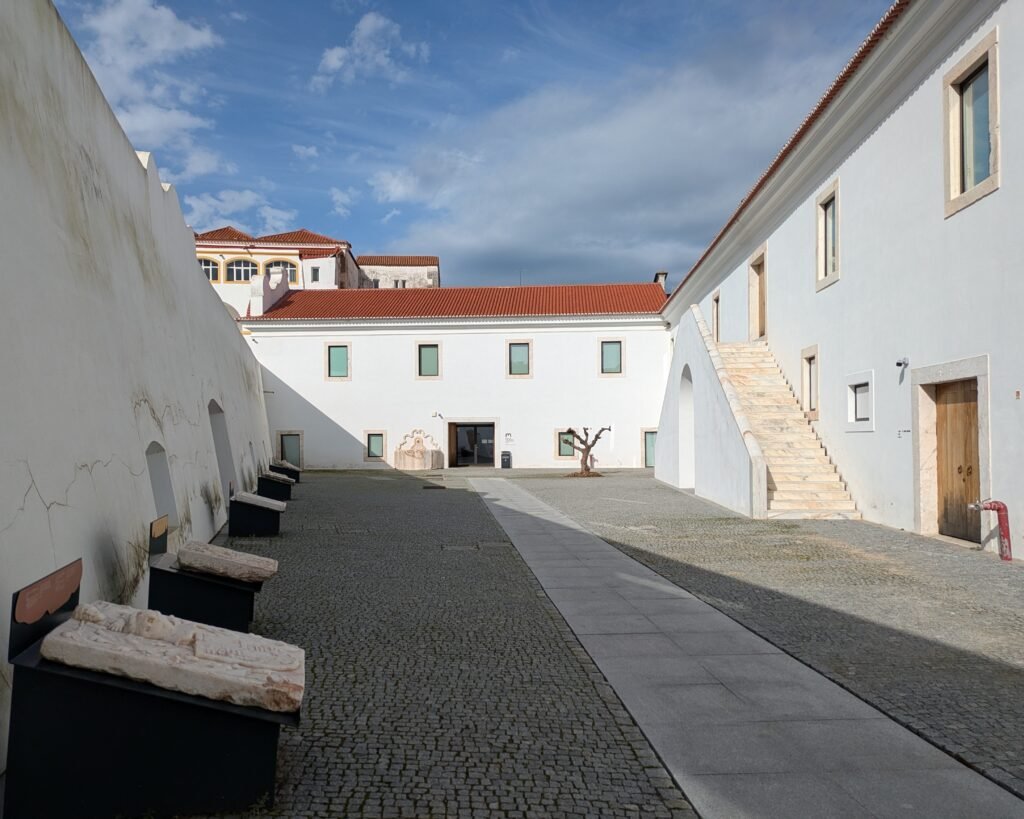


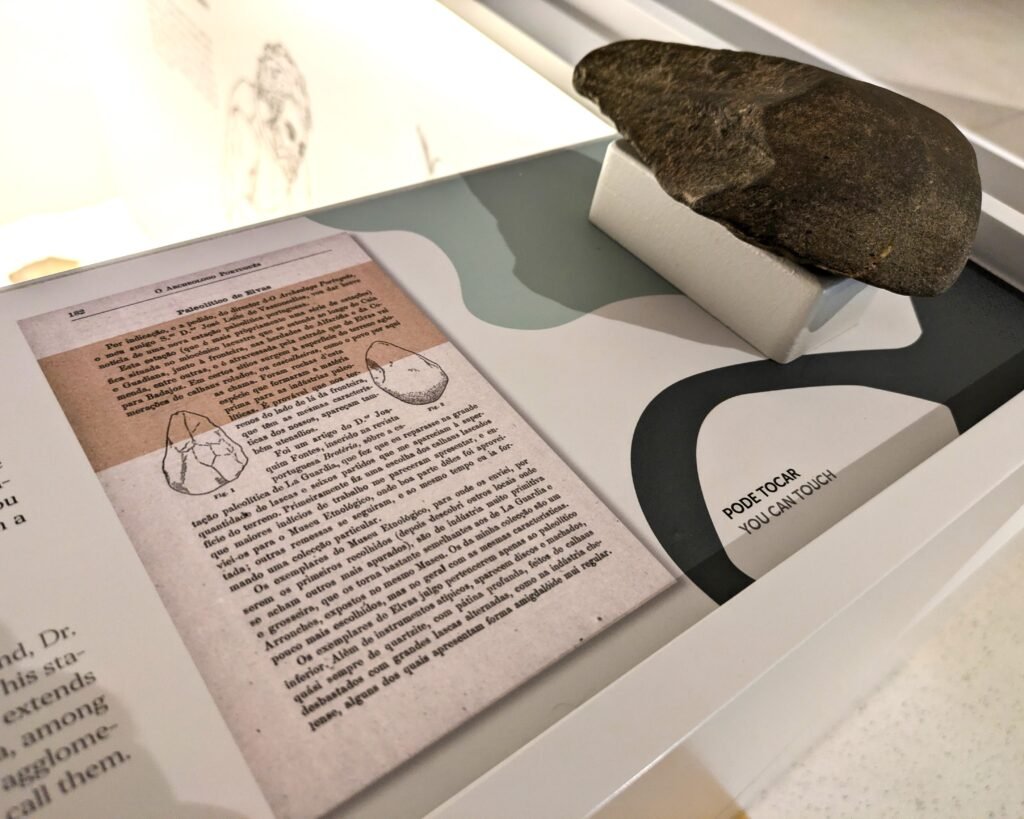

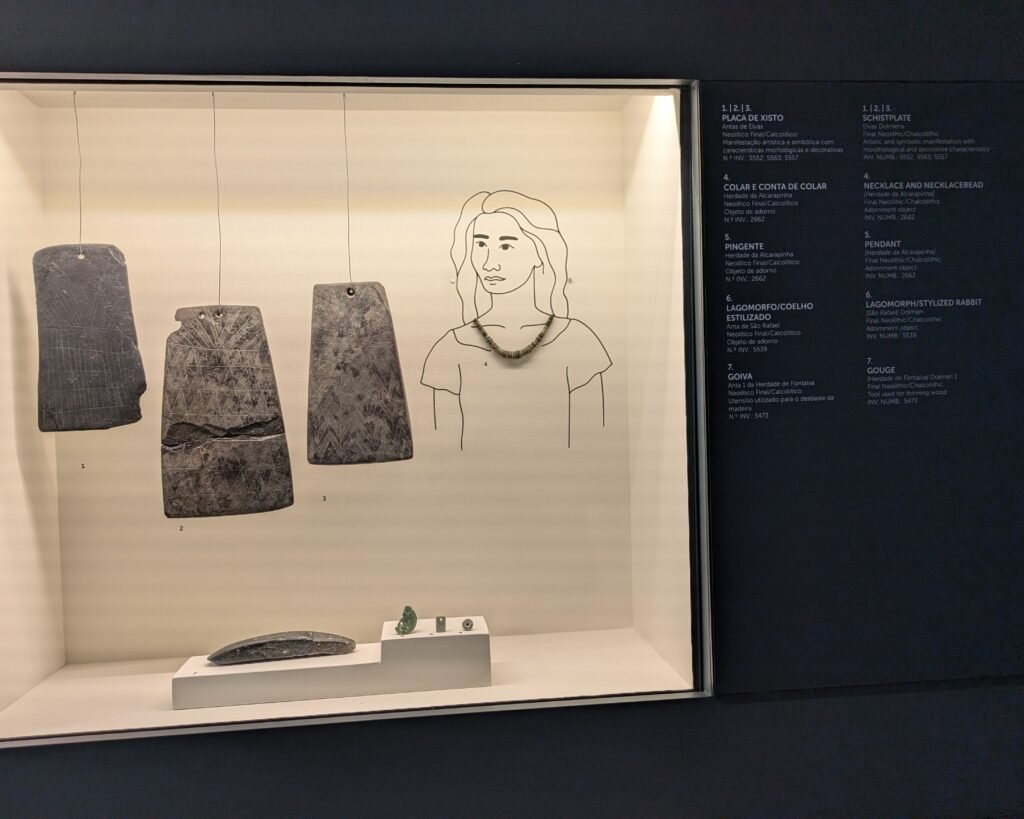
Built in the 17th century as a Center for Military Maintenance, this huge building had six ovens to make bread for the Portuguese soldiers serving in Elvas, as well as storage and stables. In 2021, it was reopened as a museum, with modern digital and interactive displays. On the ground floor, you can see some of the ovens, watch video interviews with the last baker who ran the ovens, and learn about the building itself. This is intersperced with exhibits about food and drink that was grown in the region and traditionally consumed. The collection includes ethnographic information as well as archaeological, and artefacts and information are presented thematically: transportation, burial rites, eating and drinking, etc.
All of the exhibits and displays are bilingual, with English translations of the original Portuguese texts and videos.
There are many artefacts from prehistoric times, particularly in the “Burial Rites” (Ritos Funerários) section. Artefacts are labeled as coming from “Elvas dolmens.” During the late 1990s, a project to study and document the megalithic sites in the area (Projecto de Valorização das Antas de Elvas) discovered many artefacts from dozens of dolmens (antas). These entered the collection without specific identification, so each piece is identified as coming from the Antas de Elvas. They all are dated Final Neolithic/Chalcolithic: 5th to 3rd millennia BC.
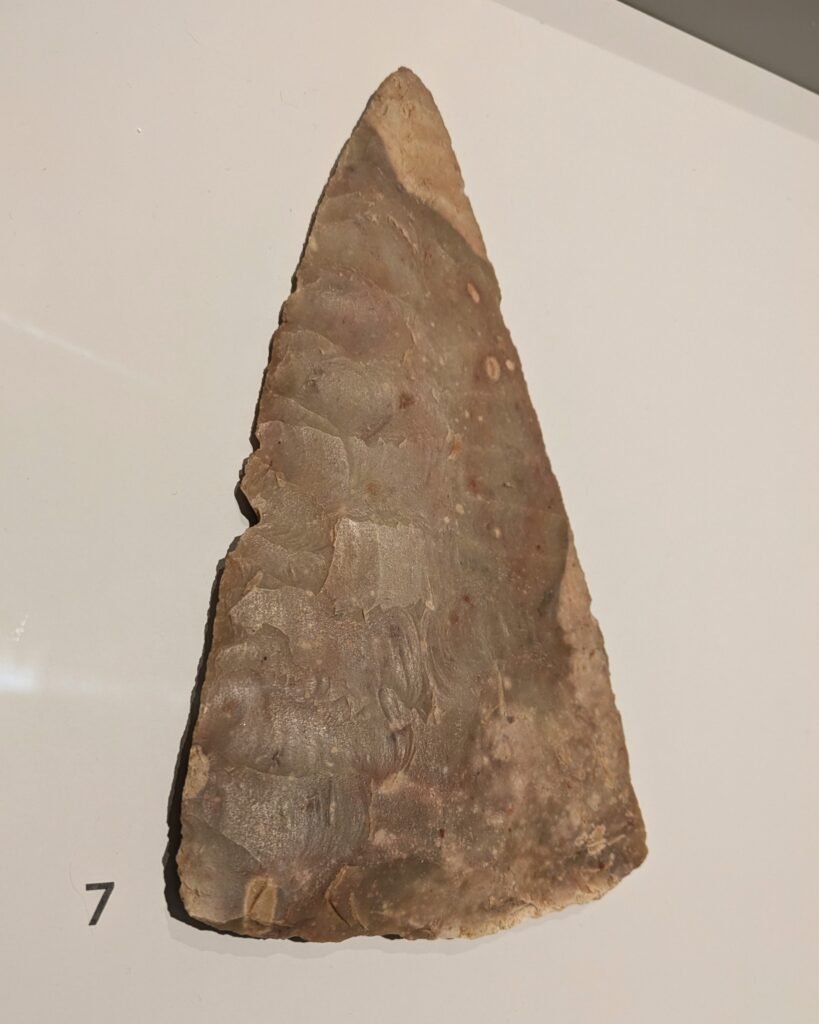
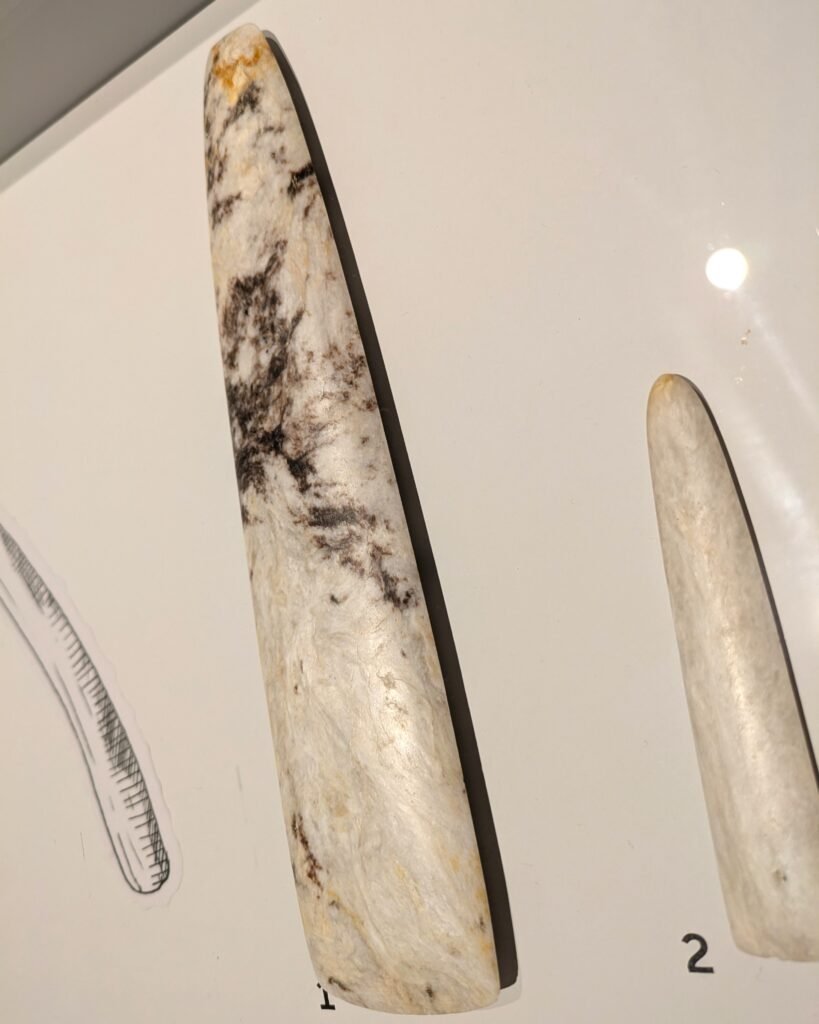
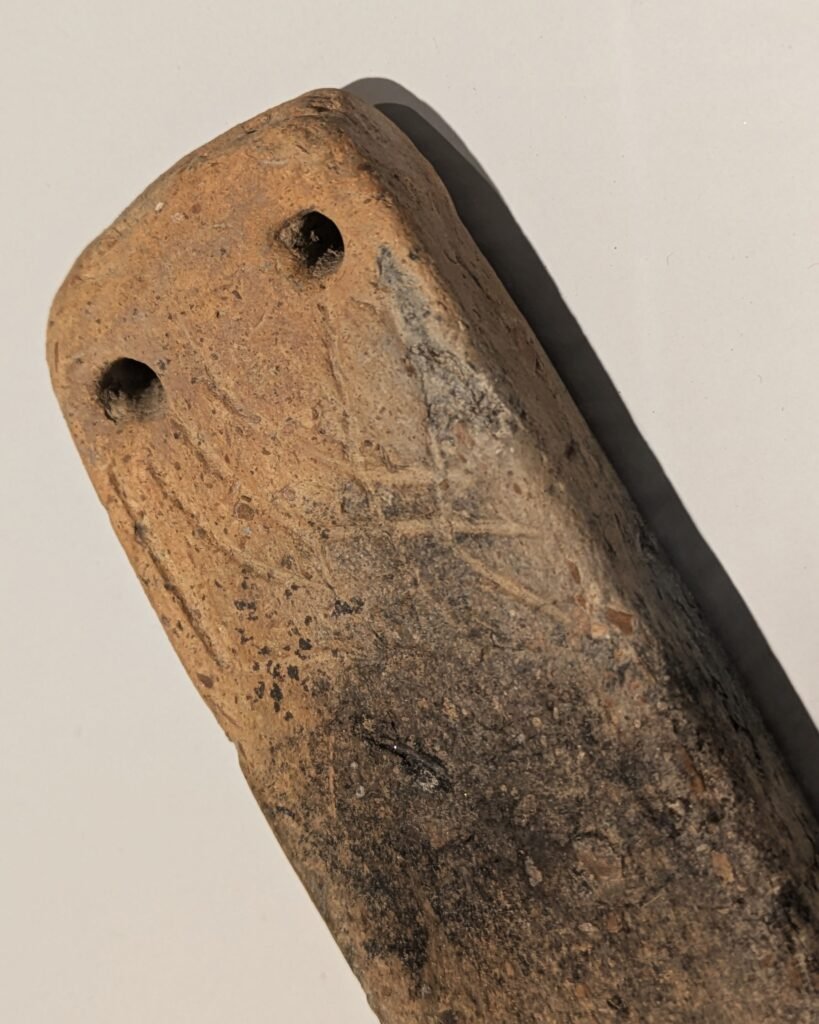
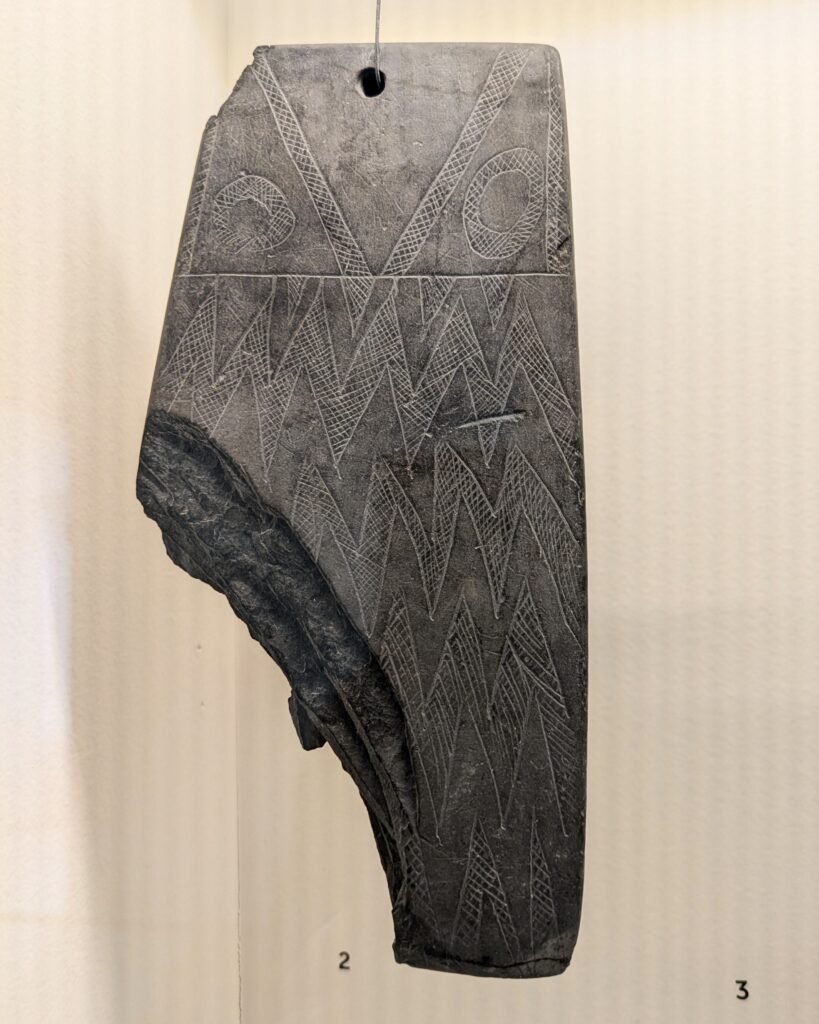
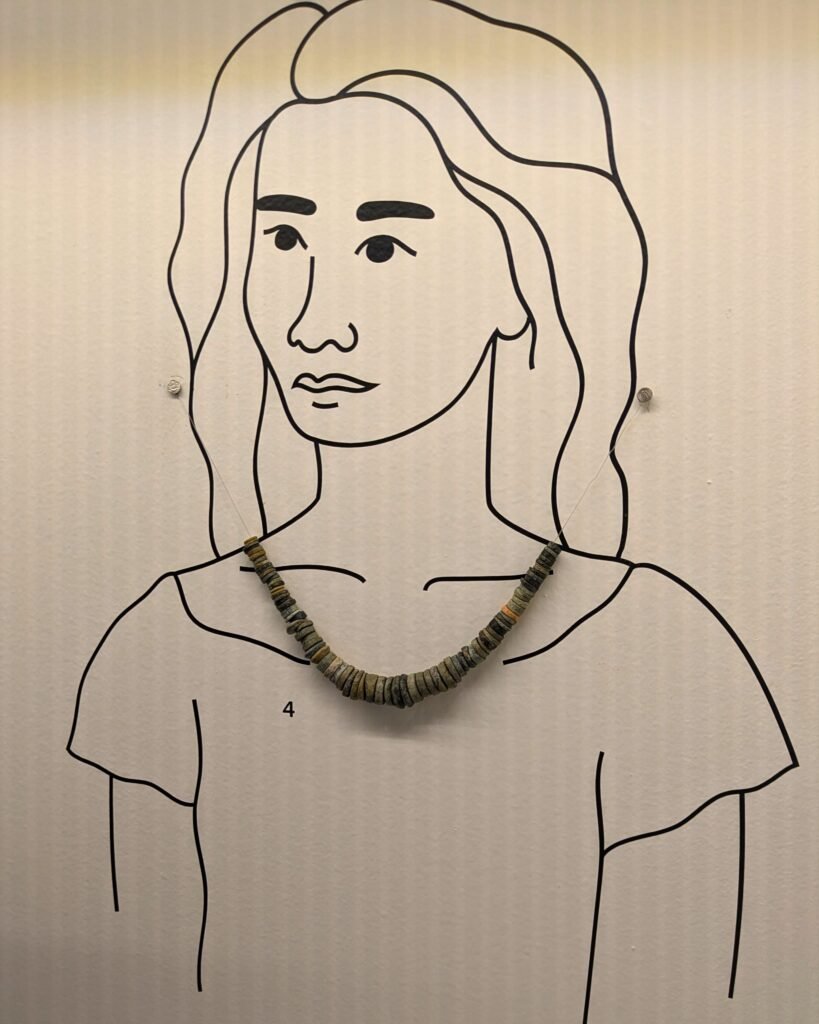
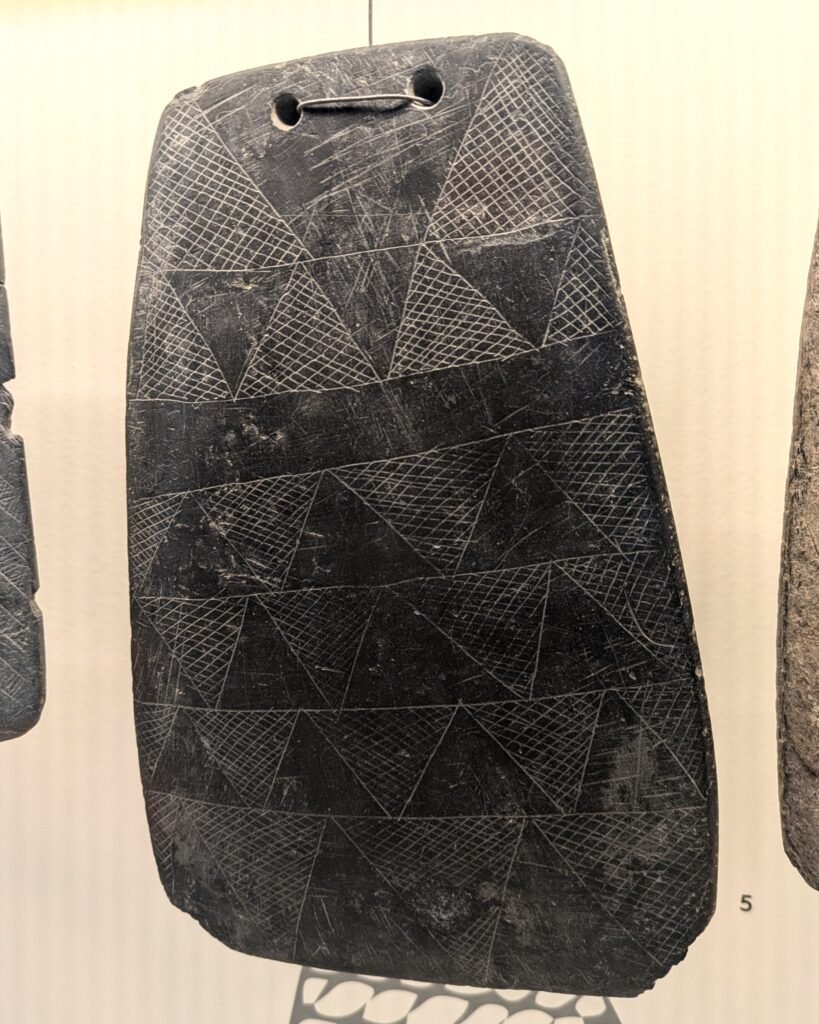
Location
The museum is in the centre of the town of Elvas, in the Portalegre district of the Alto (Upper) Alentejo. It’s housed in the old Military Maintenance Headquarters (Assento Manutenção Militar), the centre that stored grains and provided bread for the troops since the 17th century.
There are signs to the museum if you enter the town at the main entrance (by the Praça 25 de Abril):

Admission
The museum is closed on Mondays and Tuesday mornings. Other days it’s open from 10:00 to 17:00 (18:00 in summer), with an hour closing time between 13:00-14:00. There is an admission charge (€5 for adults), but on Sundays admission is free.
Links
- Website of the museum (in Portuguese) by the town hall of Elvas
- Description of the building and its history (in Portuguese) by the town hall of Elvas
- Article about the redesign of the museum (in English) by Digital AV Magazine
- Description of the museum design (in English) by byAR, the agency that redesigned the museum
- Article about the reopening of the museum (in Portuguese) by digital Sapo
Nearby
There are various prehistoric sites in the Elvas municipality. The easiest to get to without professional guidance are the Prehistoric Settlement of Santa Vitória (19km away, towards Campo Maior) and the Anta da Coutada de Barbacena (22km away, towards Monforte).
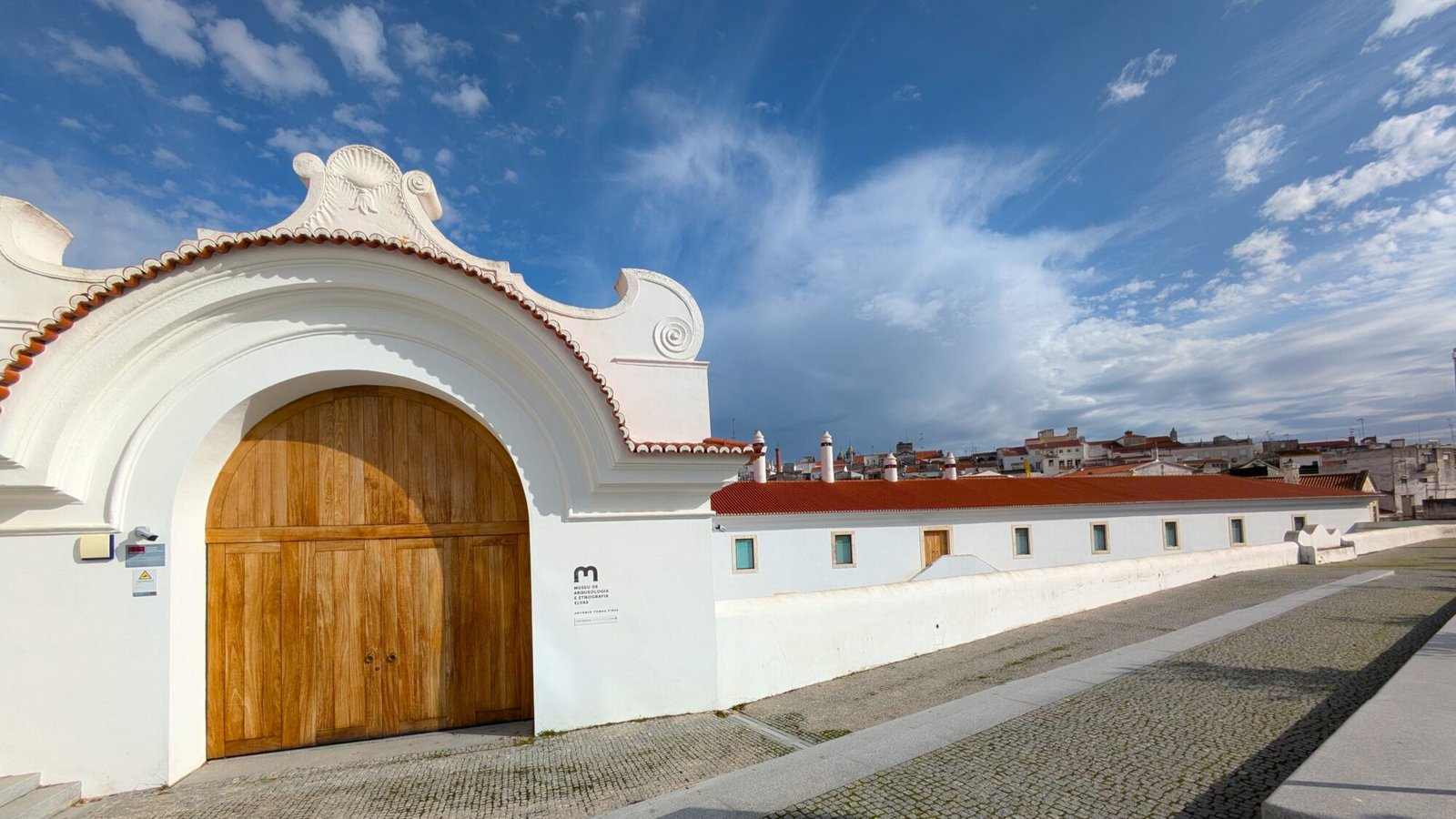
Pingback:Anta da Coutada de Barbacena - Prehistoric Portugal